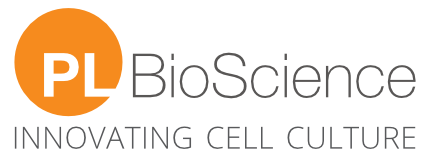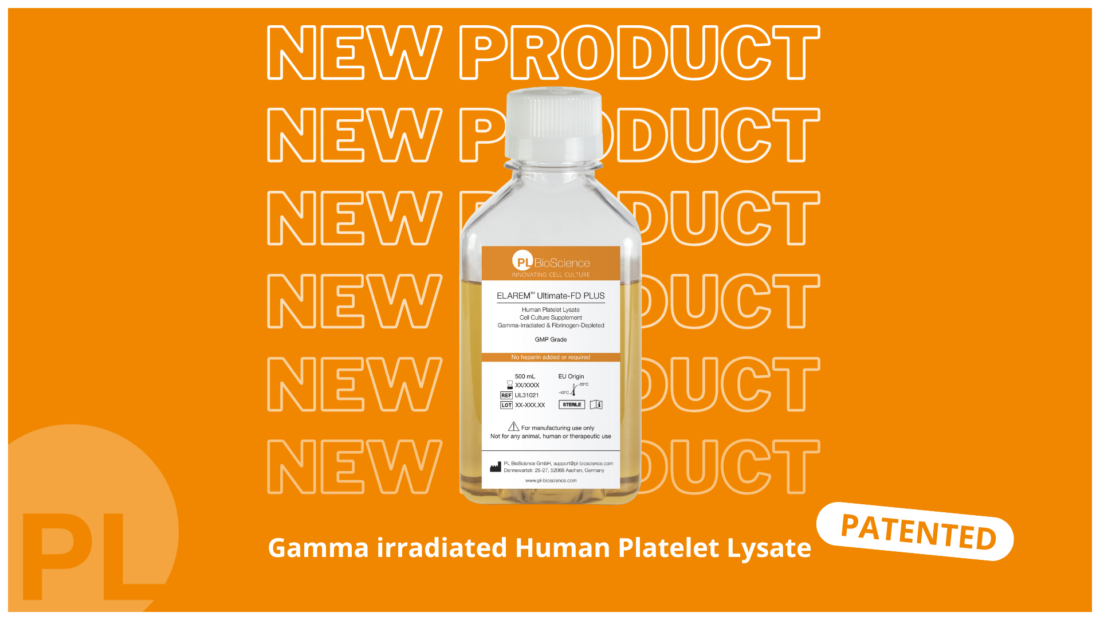
World Cancer Day 2021 – Research & Treatments
Today is world cancer day
A great opportunity to raise awareness for cancer patients and survivors as well as for cancer research and therapies. Cancer is one of the most serious diseases causing almost one in six deaths globally, which is estimated to equal 9.6 million deaths in 2018. (1)
The overall aim of cancer research is to increase the success rate in disease modeling and drug identification, thereby, also the acceleration of anticancer screening.
What is the problem with developing cancer treatments:
The major difficulties with the development of cancer treatments are a lack of efficacy and a low overall success rate of phase I-II clinical trials. A further challenge is the drug sensitivity screening, “including differences in cell growth rates, the inconsistent use of drug metrics, and the lack of translatability.” (2,3)
Technical progress has made it possible to mimic the in vivo tumor microenvironment for different tumor cells such as pancreas, neck squamous cell carcinoma with the use of 2D and 3D cancer cell cultures (4,5).
How does Human Platelet Lysate (HPL) contribute to cancer research and treatment?
In different publications it was observed that t-cells exposed to Human Platelet Lysate (HPL) have a superior anti-tumor effect in long-term in vitro coculture experiments. These results suggest the use of HPL as a reasonable alternative to ABS* and Fetal Bovine Serum (FBS) for the production of modifies t-cells. (7,8,9)
“HPL-exposed CAR-T cells exhibited the less differentiated T cell phenotype and gene signature, which displayed inferior short-term killing abilities (compared to their FBS- or ABS-cultured counterparts) but superior proliferative and anti-tumor effects in long-term in vitro coculture experiments.” (7)
“Importantly, in mouse xenograft model, HPL-exposed CAR T cells outperformed their ABS or FBS counterparts against both subcutaneous tumor (P28z T cells against Capan-1PSCA) and systemic tumor (1928z T cells against NALM6).” (8)
*human AB serum
One promising cancer therapy: using CAR-T cells
Patient’s own t-cells are used to fight tumors. This is done ex vivo by equipping patient’s own t-cells with a chimeric antigen receptor. This antigen receptor is called CAR. With a genetic transfer, the t-cells of the patient have now an additional receptor. These cells are called CAR-T cells.
When the cells divide, the information of this additional receptor will spread and a lot more cells will be come up with this CAR receptor. In order to fight the tumor, these cells are re-implated to the patient.
When tumor cells are recognized by CAR-T cells, they will destroy these tumor cells.
Why 3D cell culture modeling is important for cancer research
3D cell culture modeling:
- Supports drug discovery and pre-clinical tests
- helps modeling disease
- Mimic the natual cell characteristics and architecture
- Contributes the expression of ECM components and cell-cell-interactions (& cell-matrix) (1)
3D cell culture models and tumor cells
Three-dimensional (3D) culture systems are becoming increasingly popular due to their ability to mimic tissue-like structures more effectively than two dimensional structures. In cancer and stem cell research, the natural cell characteristics and architectures are closely mimicked by the 3D cell models. One advantage of 3D cell culturing over 2D is that it supports the expression of the extra cellular matrix (ECM) components as well as the interactions between cell-cell and cell-matrix. (1)
Find out more about our 3D cell culture gel matrix: ELAREM Matrix Kit
- N.Chaicharoenaudomrung et.al:”Three-dimensional cell culture systems as an in vitro platform for cancer and stem cell modeling”, Suranaree University of Technology, World J Stem Cells. 2019 Dec 26 Internet (status: 4.2.21)https://www.ncbi.nlm.nih.gov/pmc/articles/PMC6904866/
- R.Schmid et. al: “Comparison of Hydrogels for the Development of Well-Defined 3D Cancer Models of Breast Cancer and Melanoma”, August 2020, Laboratory for Tissue-Engineering and Regenerative Medicine, Department of Plastic and Hand Surgery, University Hospital of Erlangen, Internet (status: 4.2.21) https://www.mdpi.com/2072-6694/12/8/2320
- C. Kalar et. al:”Human Plasma-Derived 3D Cultures Model Breast Cancer Treatment Responses and Predict Clinically Effective Drug Treatment Concentration”, June 2020, Cancer Biology and Immunotherapies Group, Sanford Research, Sioux Falls, Internet (status: 4.2.21) https://www.mdpi.com/2072-6694/12/7/1722
- S.Kim et al:”Phenotypic Heterogeneity and Plasticity of Cancer Cell Migration in a Pancreatic Tumor Three-Dimensional Culture Model”, Department of Biomedicine & Health Sciences, Graduate School, The Catholic University of Korea, May 2020, Internet (status: 4.2.21)https://www.mdpi.com/2072-6694/12/5/1305
- J.Caleb, T.Yong:”Is It Time to Start Transitioning From 2D to 3D Cell Culture?”, Department of Oral Biology and Diagnostic Sciences, Dental College of Georgia, Augusta University, Augusta, GA, United States, Front. Mol. Biosci. March 2020, Internet (status: 4.2.21)https://www.frontiersin.org/articles/10.3389/fmolb.2020.00033/full
- C.Buchholz et al:”CAR-T-Zell-Therapie: Aussichten und Risiken”, Deutsches Ärzteblatt, 2018, Internet (status: 4.2.21) https://www.aerzteblatt.de/archiv/196295/CAR-T-Zell-Therapie-Aussichten-und-Risiken
- A.Torres Chavez et al:”Expanding CAR T cells in human platelet lysate renders T cells with in vivo longevity”,Journal for ImmunoTherapy of Cancer 2018, Internet (status: 4.2.21) https://pubmed.ncbi.nlm.nih.gov/31779709/
- E.Canestrari et al:” Human Platelet Lysate Media Supplement Supports Lentiviral Transduction and Expansion of Human T Lymphocytes While Maintaining Memory Phenotype”, Journal of immunology 2019, Internet (status: 4.2.21) https://pubmed.ncbi.nlm.nih.gov/31565660/
- Internet (status: 4.2.21) https://pubmed.ncbi.nlm.nih.gov/6616076/





